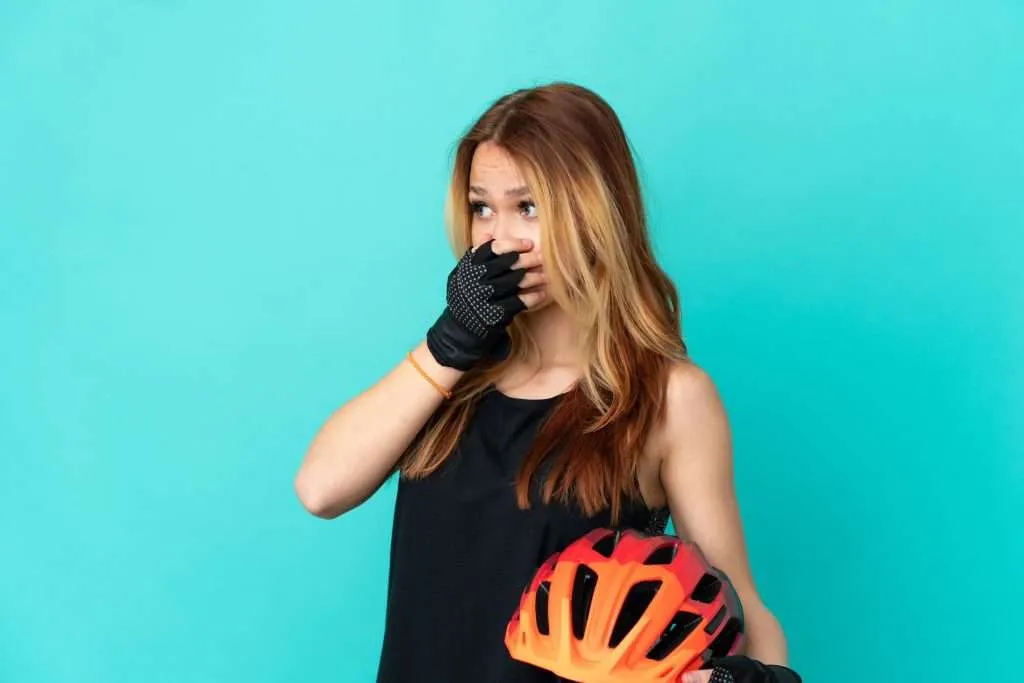When it comes to our little ones, their smiles are among the most precious things we cherish. As parents, it’s our job to protect those smiles, but accidents do happen. One of the most alarming dental injuries a child can experience is tooth avulsion, which is when a tooth gets completely knocked out. Understanding what to do in these situations can make a significant difference in preserving your child’s smile.
Understanding Tooth Avulsion
Tooth avulsion occurs when a tooth is completely displaced from its socket due to trauma. This injury is more common in children because they are often engaged in active play and sports. Tooth avulsion can be a frightening experience for both the child and the parents. However, with the right knowledge and prompt action, the situation can be managed effectively.Causes of Tooth Avulsion
Tooth avulsion typically results from a sudden impact or accident. Common causes include:- Sports Injuries: Contact sports like football, basketball, and hockey, or activities like skateboarding and biking, pose a higher risk.
- Falls: Young children are particularly prone to falls, whether it’s from playground equipment, tripping while running, or even falling at home.
- Accidents: Car accidents or rough play can also result in a tooth being knocked out.
Immediate Steps to Take
The immediate steps taken following tooth avulsion are crucial in determining the outcome. Here’s a detailed guide on what to do if your child experiences this dental emergency:- Stay Calm: While it’s easier said than done, staying calm will help you manage the situation more effectively and provide reassurance to your child.
- Find the Tooth: Locate the knocked-out tooth quickly. Handle it by the crown (the white, chewing part), avoiding the root to prevent damage.
- Rinse the Tooth: If the tooth is dirty, rinse it gently with milk or a saline solution. Do not use soap or scrub the tooth, and do not remove any tissue fragments.
- Reinsert the Tooth: If possible, reinsert the tooth into the socket. Have your child bite down gently on a clean cloth or gauze to keep it in place. If you can’t reinsert it, place the tooth in a container of milk, saline solution, or your child’s saliva.
- Visit the Dentist Immediately: Time is of the essence. Get to the dentist as quickly as possible, ideally within 30-60 minutes.
The Role of the Dentist
Once you arrive at the dental office, the dentist will:- Assess the Injury: The dentist will examine the injury to determine the extent of the damage.
- Clean the Area: Any debris or dirt around the socket will be cleaned.
- Replant the Tooth: If it’s a permanent tooth and conditions are favorable, the dentist will replant it. They may use a splint to stabilize the tooth.
- Take X-rays: X-rays will help check for any other damage or fractures.
- Prescribe Medication: Antibiotics may be prescribed to prevent infection, and pain relief options will be discussed.
Post-Treatment Care
After the initial treatment, follow-up care is essential to ensure the best outcome:- Regular Check-ups: Your dentist will schedule regular visits to monitor healing and reattachment.
- Oral Hygiene: Maintain good oral hygiene but be gentle around the affected area. Your dentist may recommend a soft toothbrush.
- Diet: A soft diet is often recommended to avoid putting pressure on the reimplanted tooth.
- Avoiding Re-injury: Encourage your child to avoid activities that could cause further injury to the area during the healing process.
Long-term Outlook
The success of replantation depends on several factors, including how quickly the tooth was reinserted and the care taken afterward. Even if the tooth cannot be saved, there are several restorative options available. Your dentist will discuss treatments like space maintainers, bridges, or implants when your child is older.Preventing Tooth Avulsion
Prevention is always better than cure. Here are some tips to reduce the risk of tooth avulsion:- Mouthguards: Ensure your child wears a mouthguard during sports and other physical activities.
- Childproofing: Make your home safe for young children by securing furniture and removing tripping hazards.
- Safety Gear: Equip your child with appropriate safety gear like helmets when biking or skating.



